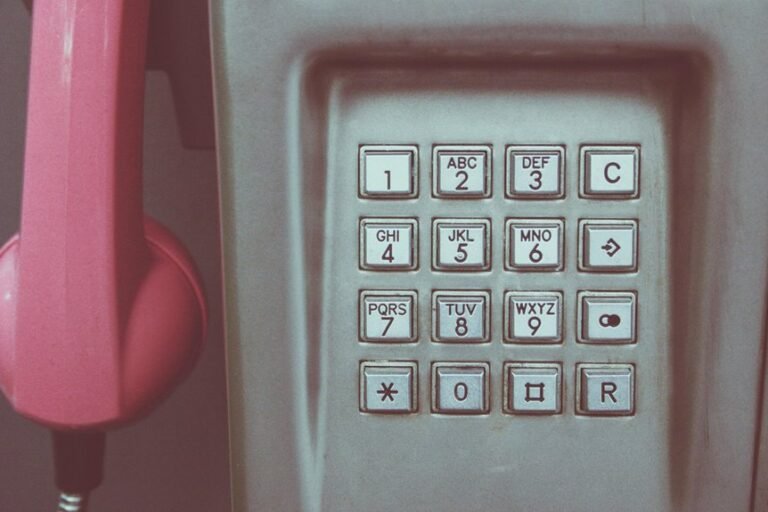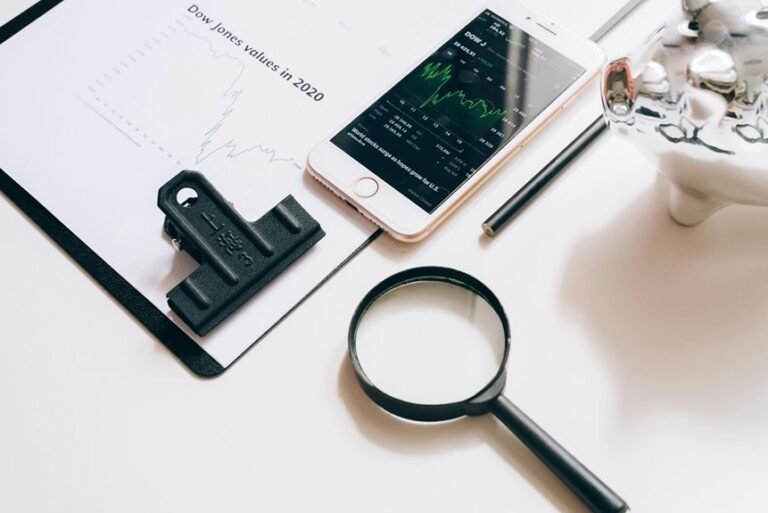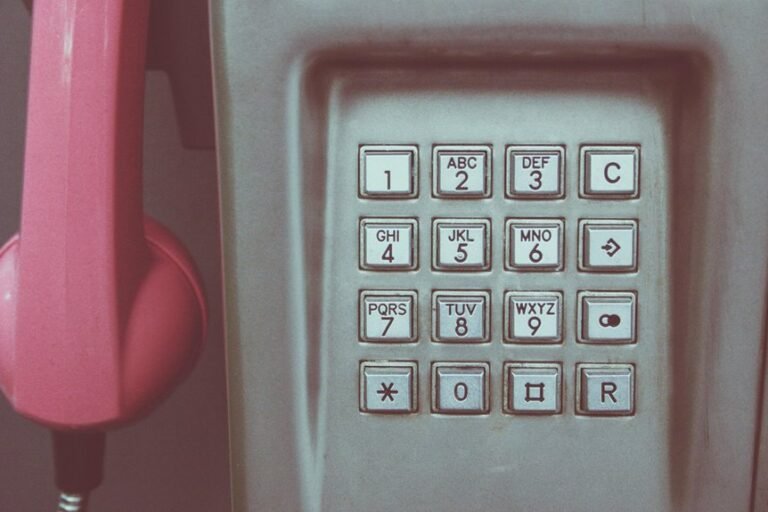Detailed Analysis Across 9713516412, 9713516758, 9715011819, 9724282723, 9725463655, and 9725590142

The analysis of the numbers 9713516412, 9713516758, 9715011819, 9724282723, 9725463655, and 9725590142 reveals distinct structural characteristics and numerical relationships. Each number exhibits unique digit combinations and positional values that warrant further examination. Identifying these patterns can illuminate broader mathematical trends. Understanding these intricacies promises to unlock deeper insights into their significance and potential applications. Further exploration is necessary to uncover the implications of these findings.
Breakdown of Each Number’s Structure
The structure of numbers can be dissected into several components that reveal their mathematical properties and relationships.
Through number formatting, each digit’s position contributes to its overall value, while digit analysis provides insights into its composition.
This systematic approach allows for a deeper understanding of numbers, enhancing one’s ability to discern patterns and engage with numerical data meaningfully, thus promoting intellectual freedom.
Patterns and Trends Identified
Analyzing the structure of numbers leads to the identification of various patterns and trends that characterize numerical data.
Through systematic pattern recognition, consistent sequences emerge, revealing underlying structures.
Trend analysis highlights fluctuations in numerical behavior, providing insights into frequency and distribution.
These observations contribute to a deeper understanding of the data set, fostering an appreciation for the complexities inherent in numerical relationships.
Potential Applications and Implications
Numerical analysis extends beyond theoretical exploration, offering significant potential applications across various fields. Specifically, in developing robust communication strategies, it facilitates enhanced information dissemination and decision-making.
Furthermore, it plays a crucial role in reinforcing data privacy protocols, ensuring that sensitive information remains protected. By integrating these analytical approaches, organizations can navigate challenges while fostering innovation and safeguarding individual freedoms effectively.
Conclusion
In juxtaposing the intricate structures of the numbers 9713516412 and 9725590142, one uncovers both unique digit combinations and common positional values that reveal underlying mathematical relationships. While some numbers exhibit consistent sequences, others diverge, illustrating the complexity inherent in numerical patterns. This analysis not only deepens our understanding of these specific digits but also invites further exploration into their potential applications, highlighting the fascinating interplay between structure and meaning within numerical data.





